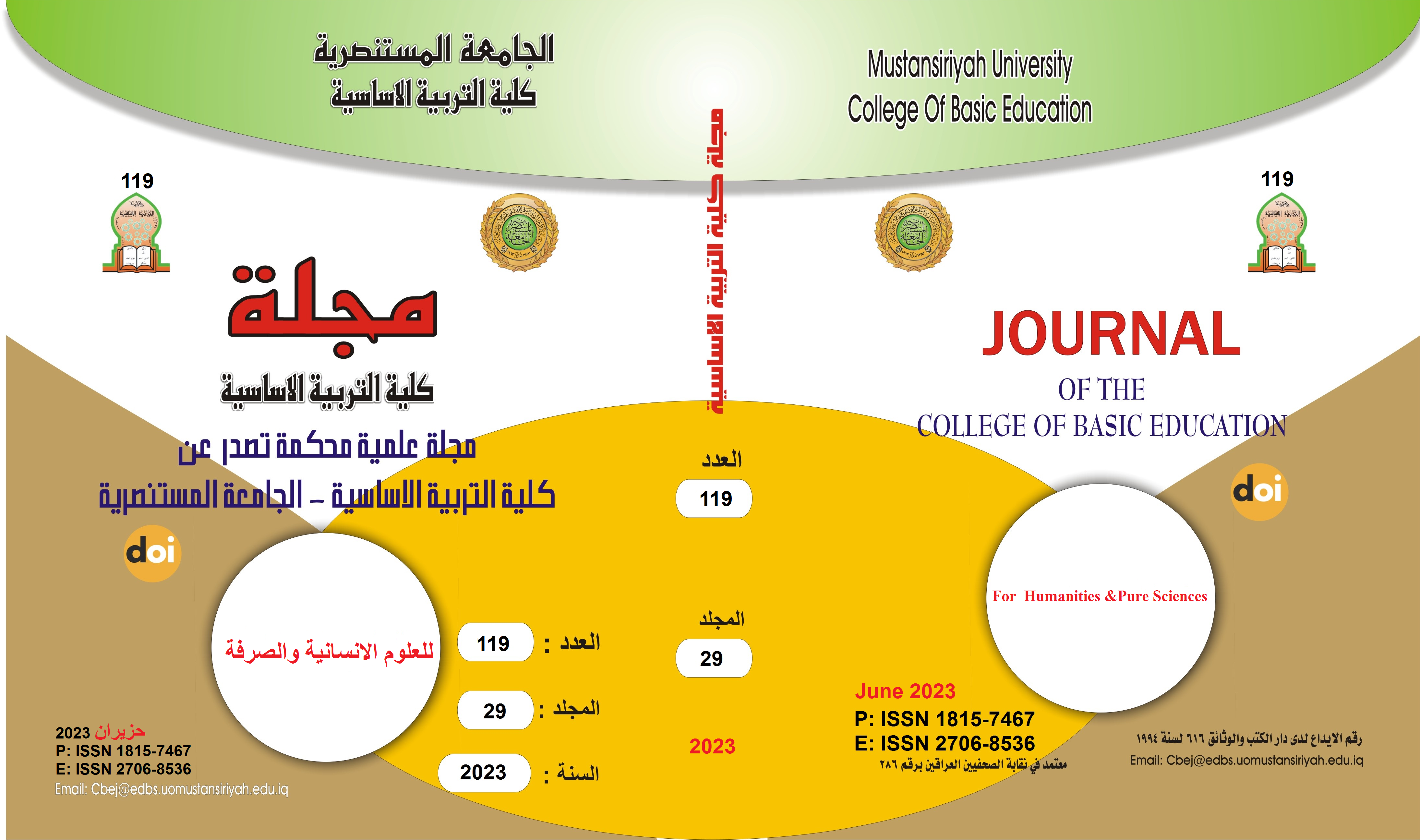Translation and The Syntax of the Complex Sentence
Main Article Content
Abstract
This study tackles translation and the syntax of the complex sentence. As every linguist and translator knows, no translation can be made without a syntactic analysis of the source – language text and a corresponding syntactic restructuring of the receptor - language text. In terms of the word order, the English subordinators are followed by a noun phrase. As for the sentence order, the superordinate sentence always precedes the subordinate sentence. But the subordinate sentence can often be placed before the superordinate sentence by transformation. Moreover, in some English non – finite sentences, the subordinator may be deleted. Some English adverbial finite sentences may be changed into non – finite or verbless sentences. This change may occure by deleting some parts of the subordinate sentence or by converting the finite verb into a non – finite verb. Finally, some English subordinators are polysemous; they can introduce different kinds of sentences. Such an aspect can also be problematic to translators
Article Details

This work is licensed under a Creative Commons Attribution-ShareAlike 4.0 International License.
